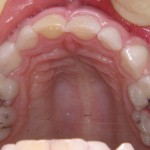
This review comparing the clinical and radiographic success of Biodentine versus MTA for pulpotomy in primary teeth included 9 RCTs finding no difference in outcomes.
[read the full story...]
This review comparing the clinical and radiographic success of Biodentine versus MTA for pulpotomy in primary teeth included 9 RCTs finding no difference in outcomes.
[read the full story...]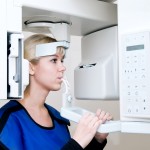
This review comparing cone-beam computed tomography (CBCT) and conventional radiography (CR) for localising impacted canines included 8 mainly cross-sectional studies and suggests that CBCT is more accurate. However the quality of the studies is low and further research is needed.
[read the full story...]
15 in-vitro studies were included in this review of CBCT & periapical radiographs for the diagnosis of external root resorption. It suggests that CBCT performs better however further research is needed the clinical an cost -effectiveness of its use.
[read the full story...]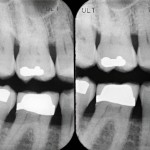
This review of 117 studies, which were mainly in vitro studies (93), found radiographic caries detection to be highly accurate for cavitated proximal lesions and also suitable to detect dentine caries lesions.
[read the full story...]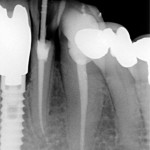
When performing root canal treatment determining the position of the apical constriction of the tooth in order to gauge the ‘working length’ of the root canal is an important step. Traditional this has been performed with radiographs although electronic apex locators (EALs) have been available for may years and are becoming increasingly popular. The aim [read the full story…]
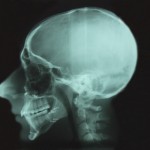
Lateral cephalometric radiographs were introduced in the 1930s and together with their related analysis have been a standard element of orthodontic treatment planning. However their role in assessment and treatment planning has been questioned. The aims of this review were to evaluate the existing evidence about the validation of lateral cephalometric radiograph in orthodontics and [read the full story…]
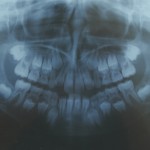
The use of cone-beam computed tomography (CBCT) has expanded the field of oral and maxillofacial radiology and with commercially available machines appearing in dental practices The American Dental Association (ADA) has just published an advisory statement in the Journal of the American Dental Association. The key element of the statement is captured in the practical [read the full story…]

The Swedish Council on Health Technology Assessment (SBU) systematic review of the Methods of Diagnosis and Treatment in Endodontics is now available in English, the original report in Swedish being published in 2010. The review aimed to address a number of specific questions:- How well can different diagnostic methods determine the condition of the pulp [read the full story…]
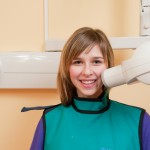
There have been a number of stories in the press regarding the recent paper by Claus et al on dental X-rays and meningiomas. Meningiomas are mostly benign tumours which arise from the dura mater and are usually slow-growing. They are the most common benign brain tumour although relatively uncommon with an incidence of around 6 [read the full story…]